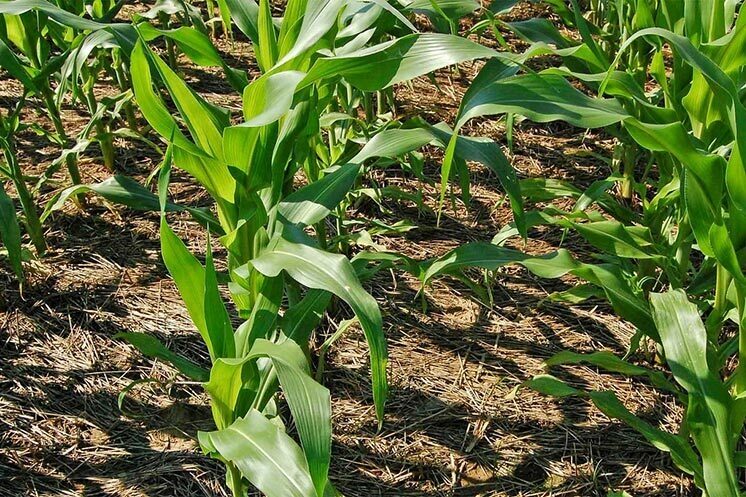From Farm to Fork

Guess how far a typical food item in the U.S. travels to get from farm to fork. The answer is an astounding average of 1,500 to 2,400 miles. That’s like driving from the top of Maine to the tip of Florida.
Nearly one-quarter of the Chesapeake Bay watershed’s land area is devoted to agriculture. Farms in our area supply us with grains, eggs, meat, milk and vegetables. Imagine connecting your student’s forks to a local farm in your area!
The Farm to School Program does just that by supplying K-12 schools with local fresh, nutritional produce. Farm to School teaches students about healthy eating habits. A study shows that Farm to School cafeteria meals result in the consumption of .99 to 1.3 more servings of fruits and vegetables.
Along with healthier eating habits, students also learn about agriculture through taste tests, schools gardens, composting programs and farm tours. These experiences help students understand where food comes from and how the choices they make affect their health, local streams and rivers and the community.
Farm to School Project Ideas
- Plan nutrition education activities like a “Harvest of the Month” featuring local foods
- Host a local farmers market on school grounds
- Connect with a local farmer and take a farm tour
- Offer a local foods salad bar
The Farm to School Program is available in every state in the Chesapeake Bay watershed. Find a program in your state and reconnect our farms to our fork.
Additional Resources
- Healthy Farms, Healthy Kids Report - Community Food Security Coalition
- Farming Lesson Plans - Bay Backpack
- Growing Green Dreams - Washington Youth Garden
